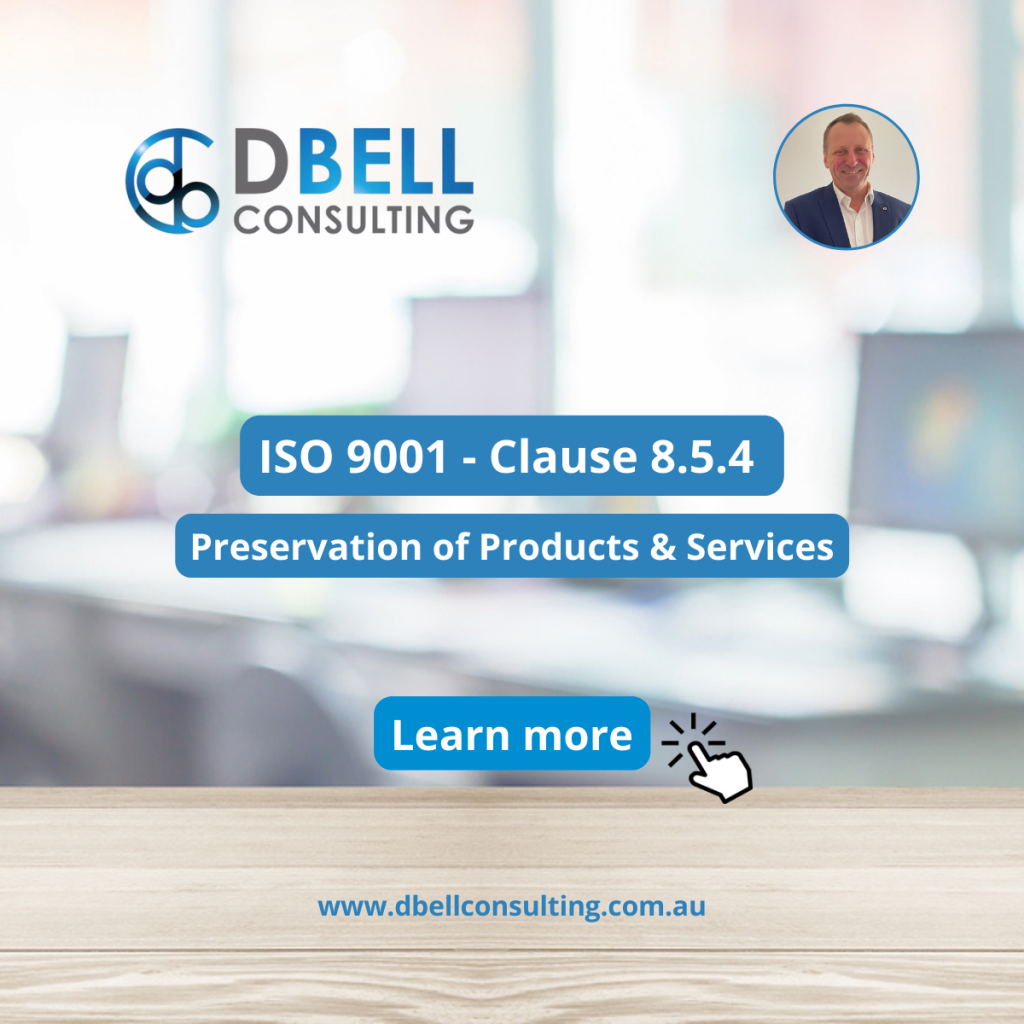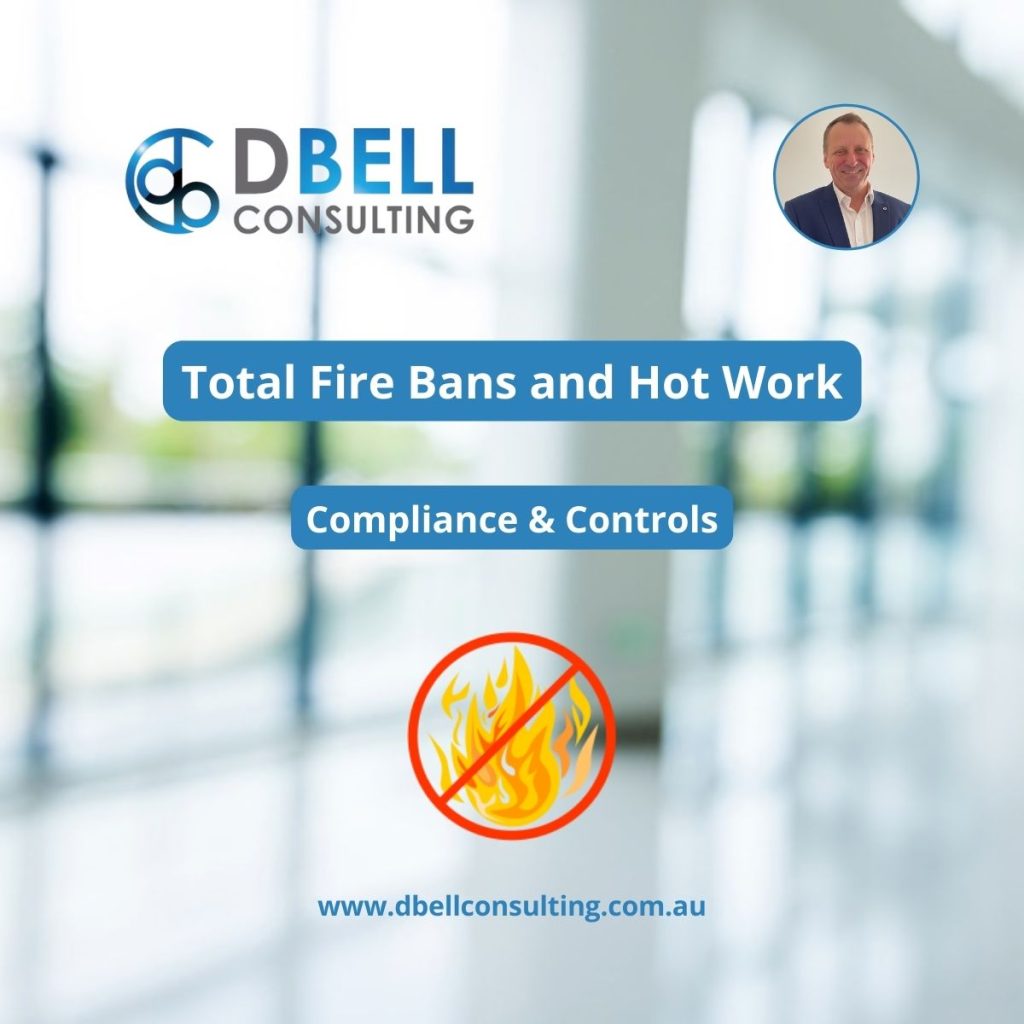Preservation of Products and Services
An understated clause in ISO 9001 is the requirement for the organisation to preserve the outputs during production and service provision, to the extent necessary to ensure conformity to requirements.
Whilst the standard is relatively brief here, the implications of this clause are far-reaching, and must be considered when developing processes.
The intent of this clause can be boiled down to three key words:
- Preserve: Defined by ISO as “maintaining something in its original or existing state”.
- Conformity: Defined in ISO 9000 (3.6.11) as “fulfilment of a requirement”.
- Requirements: Defined in ISO 9000 (3.6.4) is a “need or expectation that is stated, generally implied or obligatory”.
Loosely, this simply means that an organisation must control the outputs of its operations in such a way that the requirements, needs and expectations of interested parties are fulfilled.
What is to be Preserved?
Quite simply, the outputs of production and service provision will need to be preserved at all stages in product and service offerings in accordance with the organisation’s needs and other stated requirements. This can include, amongst other things:
- Production works in progress – many products and services are subject to approval gateways before being deemed complete, and may form an input into a subsequent process;
- By-products of production – these may form an additional revenue stream, or have secondary value that can be realised;
- Finished goods – this may constitute goods ready for shipping, dispatch to the customer, or for later delivery;
- Confidential Information – customers and others will have an expectation of confidentiality with respect to information gathered and used when dealing with the organisation;
- Evidence of compliance – inspection and testing activities will result in verification that final products have met specified requirements, which must be preserved when provided to customers and other interested parties.
Implications of Preservation across ISO 9001
CLAUSE
wHAT TO CONSIDER
Clause 4.2 (Needs and Expectations of Interested Parties):
During the planning stage of product and service provision, give thought to the ultimate needs of your customers (and others) in terms of your final product.
Clause 5.1.2 (Customer focus):
Top management must ensure that customer and applicable statutory and regulatory requirements are determined, and that these have been addressed in order for the customer to be satisfied.
Clause 6.1 (Actions to address risks and opportunities):
During planning, give thought to potential undesired effects and how these can be prevented and/or reduced.
Risk exposures could be internal (e.g. turnover in staff and competency) or external (e.g. supply chain reliability).
Clause 7.1.3 (Infrastructure):
Have you ensured the necessary provision of infrastructure, equipment, information, ICT, and transportation arrangements that can impact the end result of your efforts?
Protection of products against contamination is often an essential consideration when storing products for long periods of time (especially where temperature control is an issue), or during shipping in which the product is exposed to various potential sources of contamination.
Clause 7.2 (Competence):
People must be suitably skilled, knowledgeable and capable to transform inputs into the required output.
This requires a dedicated investment in training, skills development, and learning from experience.
Clause 8.2 (Requirements for products and services):
The customer’s needs must be fully identified, including any impacts from statutory or regulatory sources. It may be the case that you need to advise the customer of specific requirements that they’ve not anticipated (e.g. shipping restrictions, impacts on bespoke requirements impacting lead times).
These requirements must be confirmed and communicated to the customer before accepting orders or contracts.
Clause 8.4 (Externally provided processes, products and services):
You will need to consider preservation requirements for your sub-suppliers or subcontractors if their offerings impact the quality of your products and services, and ensure that these considerations are fully communicated, understood and accepted.
Clause 8.6 (Release of products and services):
When releasing your products and services to the customer, can you demonstrate (with documentation and records) that they conform with acceptance criteria, and can be traced back to the party authorising the release?
The best time for planning for preservation is during process design. This can entail preparing a process flow diagram that outlines for each step of the process:
- Input resources, where they originate from, and what the preservation requirements are for each of the inputs (e.g. used in full, scrap output, excess returned to storage);
- How resources are to be preserved during execution of that step to ensure conformity to requirements (e.g. environmental conditions necessary for maintaining quality, temporary storage, security of information, use of packaging); and
- Outputs from the process, and requirements for preservation in order to meet requirements (e.g. shipping and delivery to meet customer and regulatory requirements).



